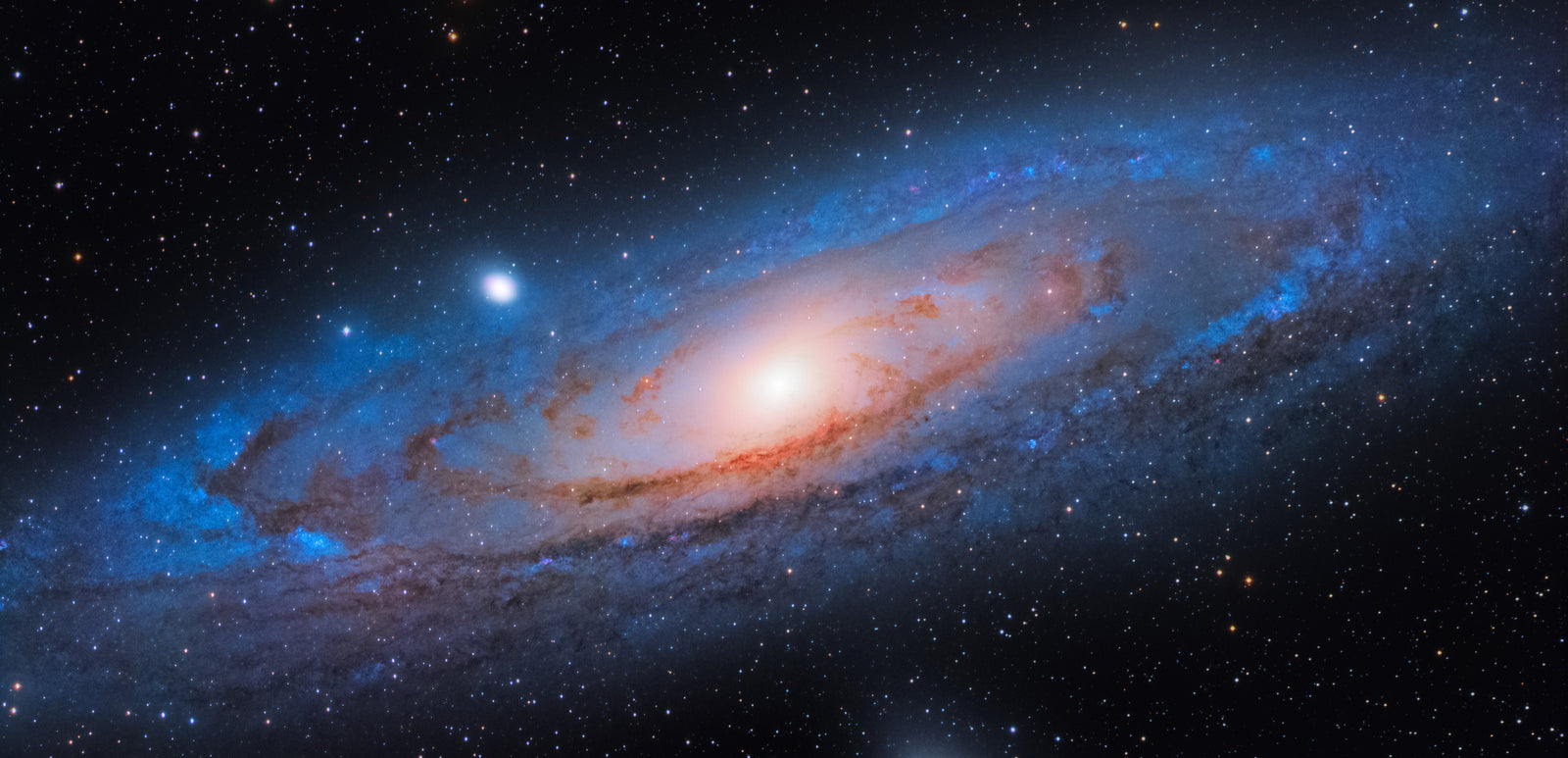H Alpha Filters
OPT offers a broad selection of high-quality H alpha filters to take your astrophotography to new levels — all by slicing out everything except a narrow band of light at 656 nanometers (nm). Carefully curated to fit every budget and gear need, our hydrogen alpha filter collection features everything from night-sky telescope filters to robust eyepieces meant to capture solar flares and prominences. Shop brands like Astronomik, ATIK, Chroma, DayStar, and more to bring your photos to life.
First, let’s stress and restress a point of safety: there are H alpha filters meant for observing our Sun, and there are H alpha filters meant for observing the night sky, and the two are NOT interchangeable. If you’re observing the Sun, never use an H alpha filter for nighttime observing. They do not reduce the Sun’s brightness sufficiently and will not protect you from its harmful rays.
For nighttime astrophotography, a hydrogen-alpha filter may just be the most important filter in your quiver. While other light pollution filters improve your experience viewing and photographing broadband images of deep sky objects, a hydrogen-alpha filter will isolate the 656 nm light emitted by nebulae and galaxies in the night sky, making it a perfect choice for anyone doing DSLR astrophotography.
Choose between round filters for telescope mounting or square filtersthat attach directly to your camera. Doing Ha filter astrophotography allows you to add powerful luminance to your color images, giving you a new range of creative opportunities to explore. Additionally, we carry a number of multiband, LRGB, OIII, and SII filters for those who wish to isolate more than just 656 nm or want to use a clip-in filter.
By adding an H alpha filter for telescope astrophotography, you will be able to capture stunning images during any lunar phase and add a new layer of details to your existing broadband images. Recordings of stars will be sharper and smaller, and using fast focal ratios won’t result in star bloat. It is easier to reveal the Milky Way’s hidden structure, particularly in light-polluted areas.
For solar observing, check out options like the Daystar QUARK H-Alpha Eyepiece — Chromosphere Model, which marries an H alpha filter with a high-tech Barlow lens to create detailed images of the Sun on refractor telescopes. Solar surface details come to life, allowing you to see prominences and solar flares in real-time (with an 8-minute, 93-million-mile delay, of course).
As always, our friendly and expert Sales Team is here to answer any questions and clarify details about what will work for your goals.









